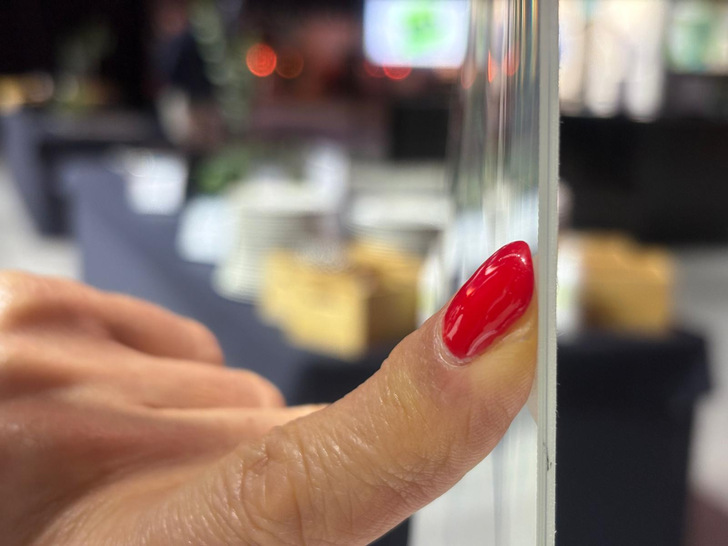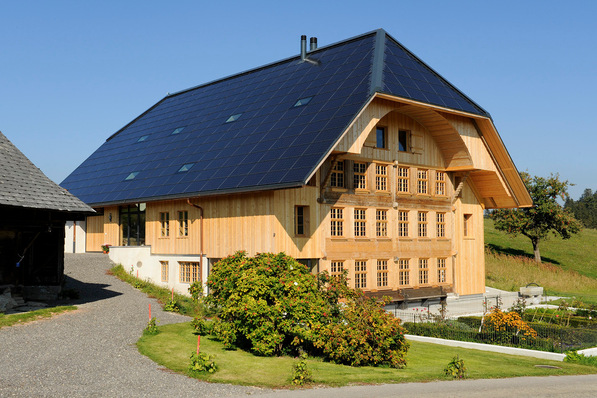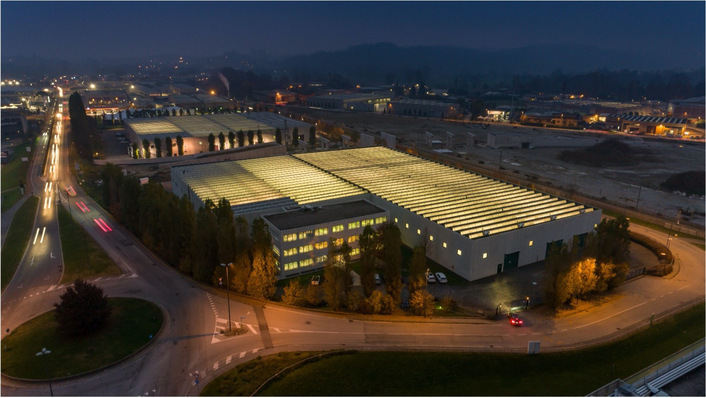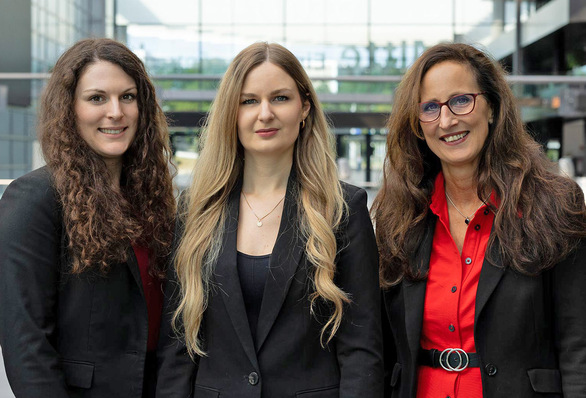For architects and structural engineers, the high flexibility of thin glass offers new possibilities for individual, free-form facades while keeping the self-weight low. As a transparent and bendable material, thin glass is particularly well-suited for use in adaptive or cold-bent façade elements. However, current monolithic thin glass products do not meet the high safety requirements of architectural glazing. Furthermore, thin glass remains a relatively novel material in the building sector.
The aim of the research project was to develop laminated thin glass with safe breakage characteristics. The project focused on developing a suitable interlayer and investigating the adhesion characteristics of the laminate. The interlayer needed to ensure essential safety-related properties-such as impact resistance and splinter-free failure-while also allowing permanent bending deformation of the laminated glass.
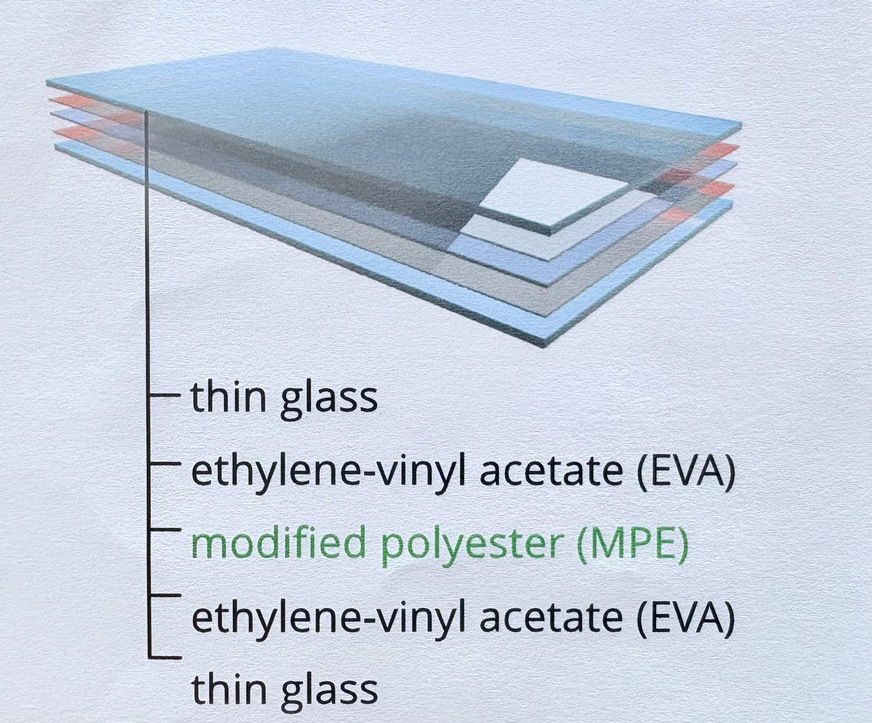
Matthias Rehberger / GW
Within the project, both single-layer and multilayer interlayers were investigated. The multilayer films are made of EVA and MPE. Ball drop tests showed a significant increase in drop height due to the multilayer configuration. Thin float glass (2 mm) as well as chemically strengthened glass (0.7 mm) were examined. The lamination process was adapted to the specific requirements of laminated thin glass.
Since standard testing methods are often unsuitable for thin glass, tailored methods for evaluating the glass strength and durability were developed.
The results of experimental examinations were used to develop a numerical model, which supported parametric studies on geometry and loading. The findings provide a basis for the future use of laminated thin glass in innovative façade applications. The demonstrator highlights the key properties of the developed laminated glass: its flexibility, durability, and optical quality.







